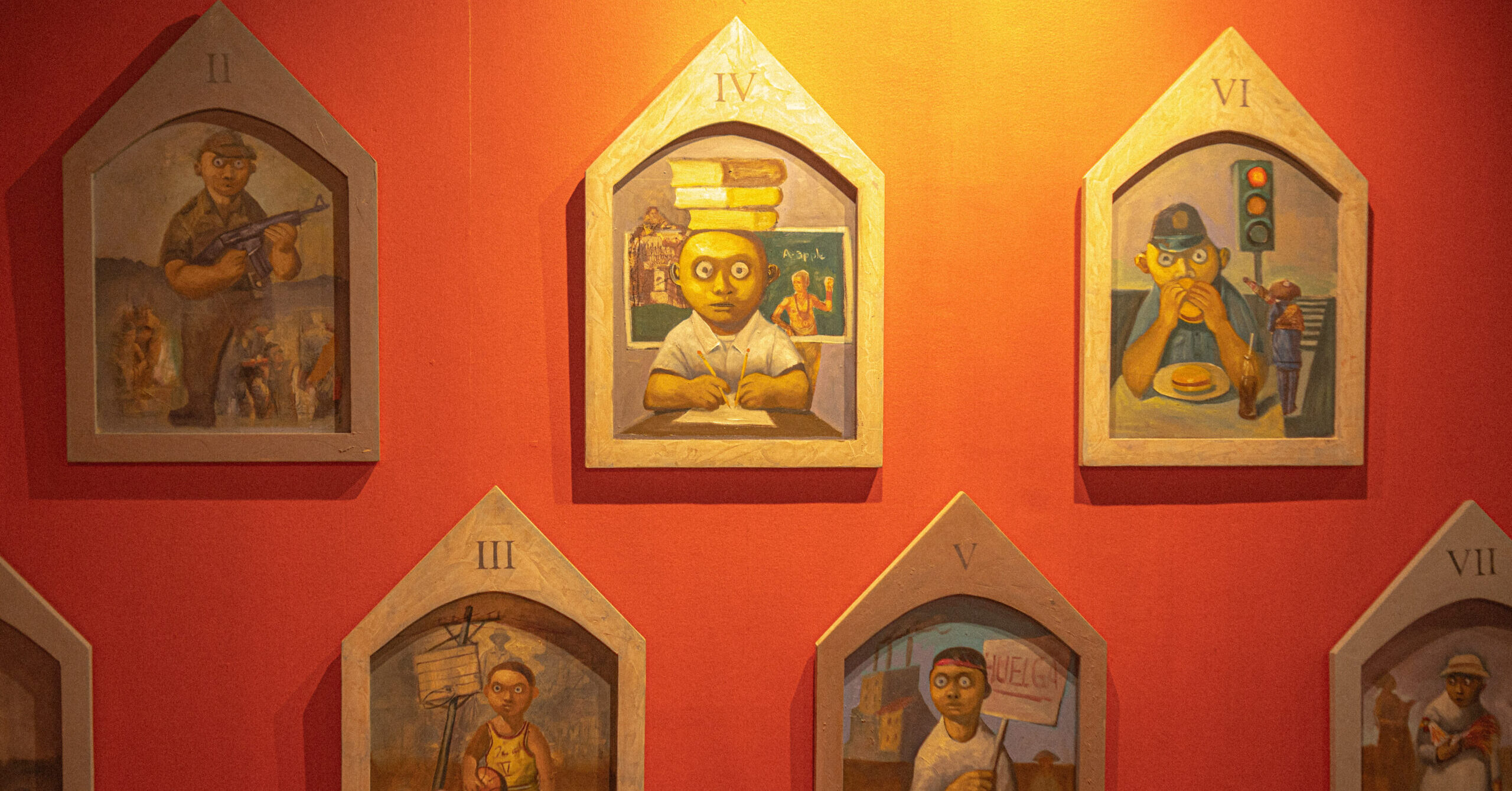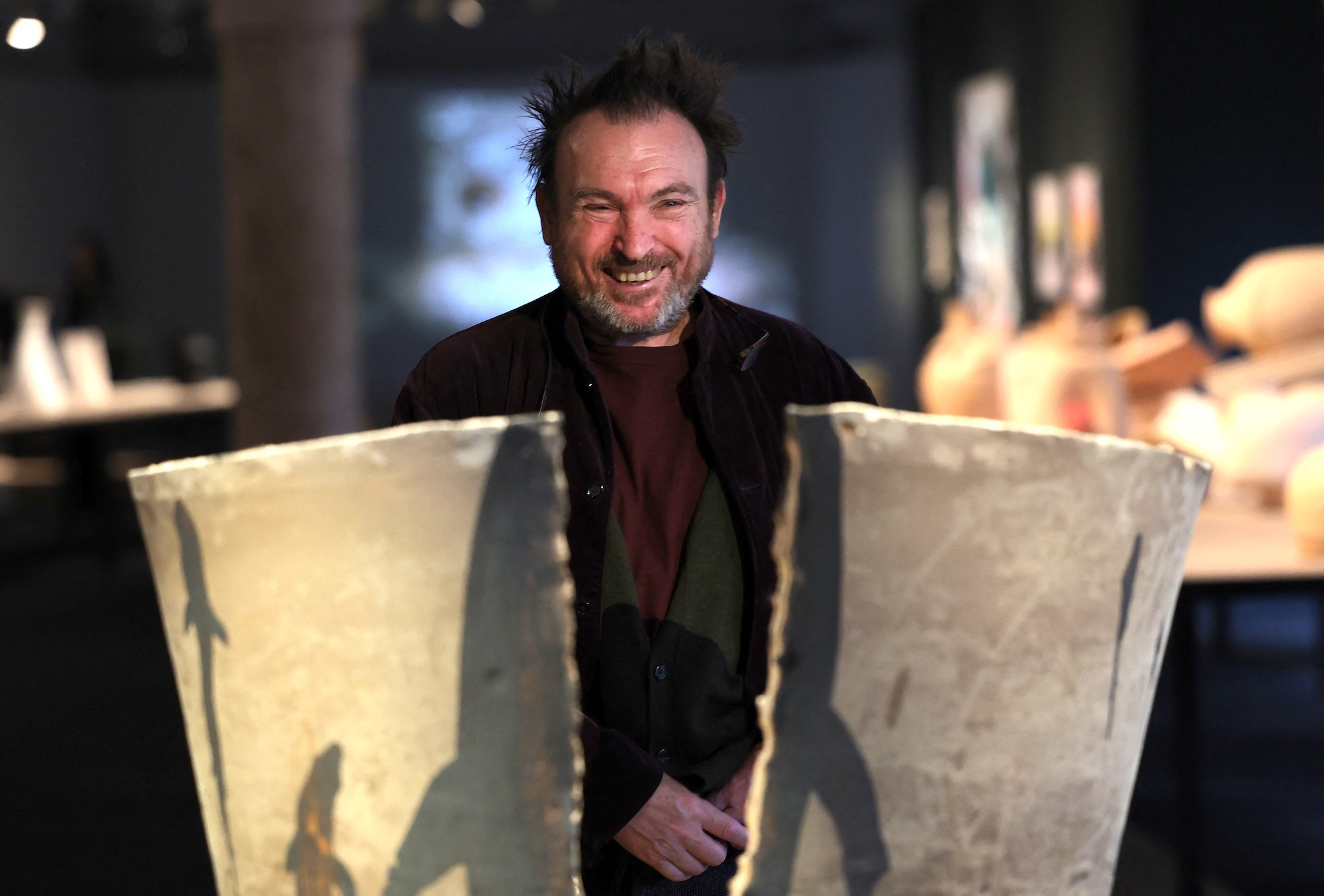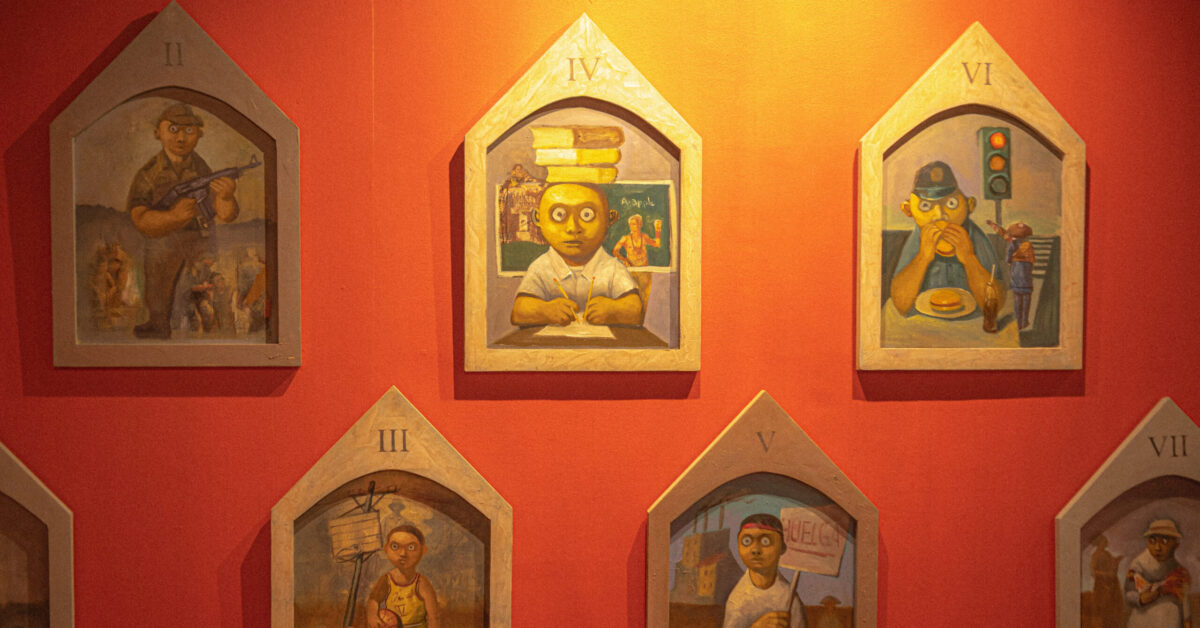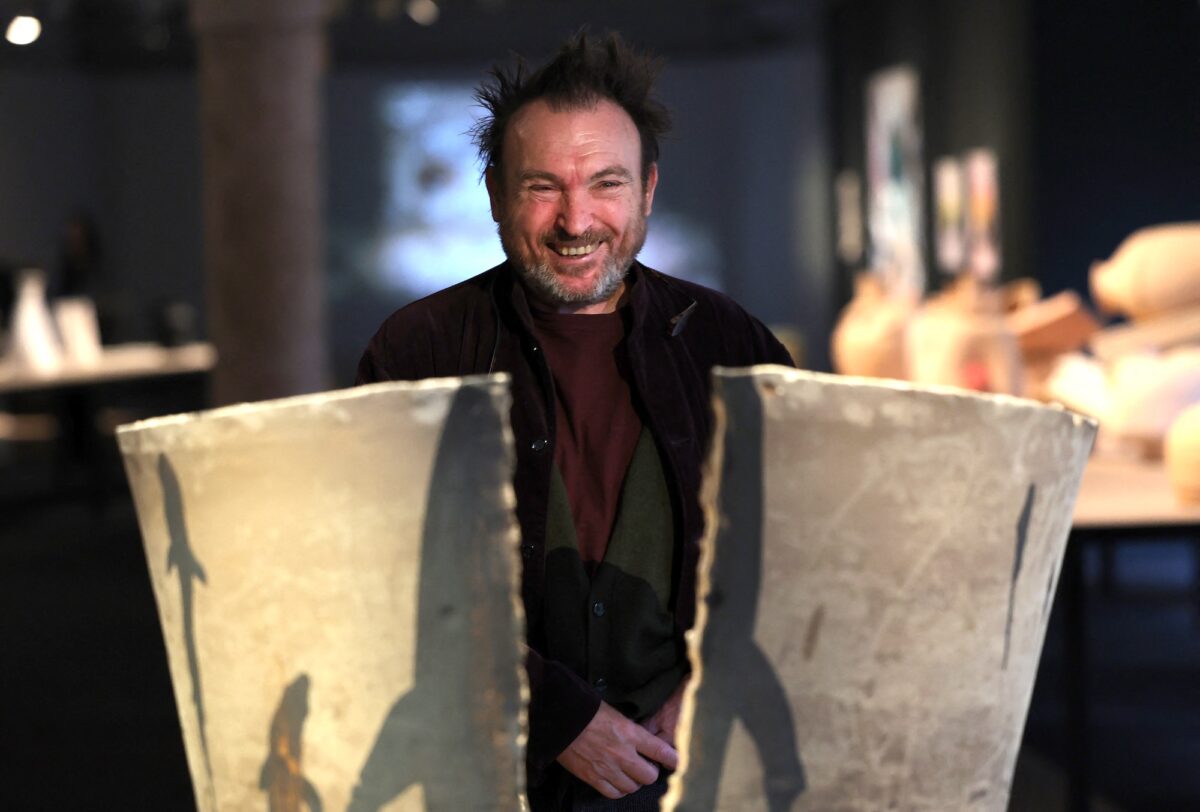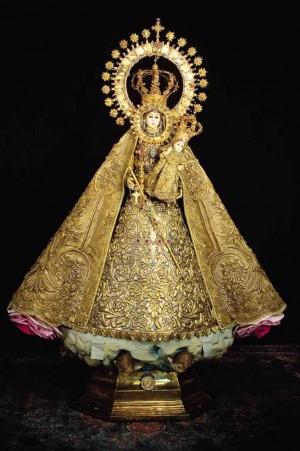
The canonocal image of Nuestra Señora del Rosario de la Naval de Manila is undoubtedly an ancient sacred ivory icon that deserves admiration, not unwanted controversy, in this country.
In the recently concluded “Ars Eboris Sacri” (Art of Sacred Ivory) exhibit at the University of Santo Tomas Museum of the Arts and Sciences, the need for the public to understand and appreciate antique items, whether ivory or not, was underscored.
This is because of the historical value and cultural significance of these artifacts, said religious art scholar, Fr. Isidro Abaño, OP.
The Crucified Christ icon from the UST Museum had figured lately in a controversy when the National Geographic (NG), in its report on the illegal ivory trade, made it the photographic highlight of its report, giving the impression it was made after the passage of the international convention banning ivory trade in 1989.
La Naval de Manila was made in the early 17th century. The UST Museum exhibit was mounted to correct misimpressions as a result of the NG report.
Legendary triumph
Made in Binondo during the early Spanish era by a heathen Chinese, who converted to the faith after its creation, La Naval has always been under the care of the Dominicans after being gifted by the governor general to the order. It has been considered miraculous many times over in four centuries.
Especially attributed to the intercession of Our Lady of the Rosary were the victories of the Filipino and Spanish forces against the invading Dutch armada in 1646.
For the legendary triumph, the Filipino-Spanish forces and their families fulfilled their promise of holding a procession on bare feet to honor the Blessed Virgin. This was was the origin of the annual grand procession, which continues to be held during the feast of Our Lady of the Rosary in Quezon City.
According to Abaño, protecting the cultural artifacts made of ivory does not in any way condone the collection and commissioning of new ivory art. Rather, it is recognizing the responsibility of safeguarding, documenting and conserving historical items that have become “an irreplaceable cultural heritage.”
“We are not patronizing the production of new ivory pieces. We are protecting the good that came out of past practices,” Abaño, who is also director of the University of Santo Tomas Museum, said.
The image of La Naval, which is now housed at the historic Santo Domingo Church in Quezon City, is one of the reasons why the edifice and its liturgical items have been declared by the Philippine Government a National Cultural Treasure, the highest classification conferred by the government on a historical landmark.
La Naval 2013
Set on Oct. 13, the second Sunday of the month, the annual grand procession of La Naval is expected to draw hundreds of thousands of Filipino devotees.
Fr. Clarence Marquez, OP, director of the Dominican’s theological school in Quezon City, the Institute of Preaching, said this year’s feast follows the theme of the Jubilee celebration of the 800th foundation anniversary of the Order of Preachers, the formal name of the Dominicans.
“We are focusing on the importance of bringing the Good News,” Marquez said, explaining why the event was themed “Mary, Contemplation and Preaching of the Gospel.”
Novena Masses have been held since Oct. 3 in the run-up to the Oct. 13 fiesta. Celebrants were Bishop Honesto F. Ongtioco of Cubao; Archbishop Socrates B. Villegas of Lingayen-Dagupan (also the president of the Catholic Bishops Conference of the Philippines); Fr. Emmanuel L. Alfonso, SJ, executive director of Jesuit Communications Foundation; former prior provincials of the Dominican Province of the Philippines—Fr. Rogelio B. Alarcon, OP, and Fr. Quirico T. Pedregosa Jr., OP; former Commission on Higher Education chair and UST rector Fr. Rolando V. de la Rosa, OP; Fr. Marcelino E. Saria, OP; Fr. Paul Lovell G. Javier; and Father Marquez.
Jo Aurea Imbong, executive secretary of the Legal Office of the CBCP and consultant to the CBCP’s Episcopal Commission on Family and Life and Office on Women, will lead the Act of Consecration on Oct. 13.



